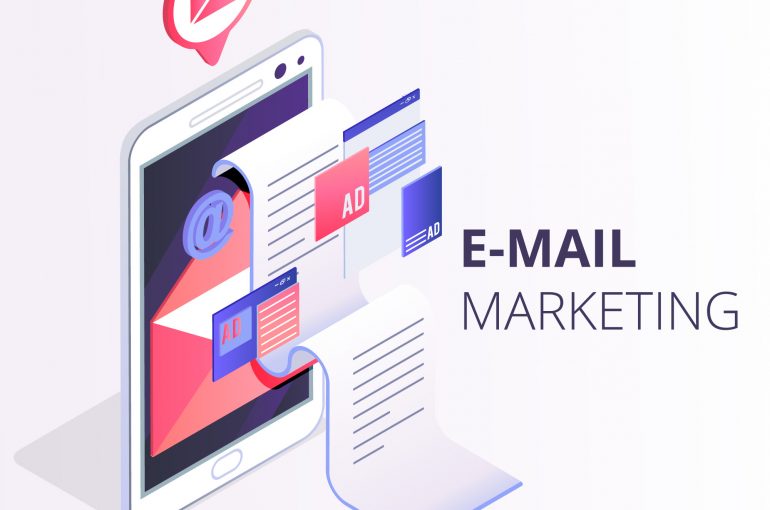Effective email tips

How do you ensure that you hit the mark, rather than just becoming noise in the recipient’s in-box? There more to say about effective Email than we can fit into a newsletter, but the tips below are a good start.
Objectives
Like all business programs, before you start an email campaign, you must define what you are trying to achieve. Be clear about your objectives and track the campaign effectiveness against these at every stage. Sophisticated and affordable technology now allows you to monitor interest by each click-through so you can target your future mail more accurately.
Actions
• Links: if you want to sell products from your Email, make sure that the links on the Email go direct to the product in question. Always include links to your website categories to prompt a site visit, in case no particular item in the Email grabs the recipient’s attention. Make the email work hard for you.
• Delivery: don’t send too late on in the afternoon, or too early in the morning, as your message will most likely get lost in the tidal wave of spam. Provide both HTML and plain text versions, some readers prefer the nicer HTML look while others won’t be able to view an HTML version due to firewalls and filters. Keep the file size to a minimum, without having to sacrifice good design as some customers are still on slow dial-up connections.
• Test, test, test: test frequency, format, design, copy style, calls to action, subject line approach, offers, content types and personalisation styles, product categories, frequency and more. Begin with a simple A/B split and repeat each test a few times to validate results. Monitor open and response rates for each test.
• Website: your Emails’ effectiveness will still depend on the quality and functionality of your website. No matter how good the open rates, it is your website that converts interested visitors to paying customers.
Hook and barb
An Email must have a good reason for being sent. Customers are less likely to act positively if they have to spend time working out the point of the Email and more likely to respond if the point is clear.
The hook of an Email is the single thought or message, expressed clearly and simply, that makes it easy for a customer to understand the point of the Email and should be stated in the headline and repeated in first sentence. As well as the hook you should also consider a barb – something that prevents of makes it more difficult to get off the hook. This might be an offer – from extra information to a price discount, from a free trial to a free gift ……….. and many more.
• Subject line
o Whether or not a customer opens is affected quite a bit by the subject. If the subject line is relevant or informative enough, customers are more likely to open the Email.
• Headline
o Like the subject, the headline and first sentence of the Email should be explicit and include the benefit to the customer. If the headline and first sentence offers something the reader considers to be valuable, they are likely to continue.
• Post Script (P.S.)
o The P.S. is not an essential element but it can be an effective way to highlight a particular point.
Headline and follow
Customers decide whether to read an Email based on the title and headline and start reading from the beginning. These elements and any P.S. get more attention than other sections of an Email and may be the only elements read at all. Recipients read the introduction to see if it’s worth spending more of their time and tend to pay less and less attention to what is written as they scan more quickly through the rest of the Email.
To make sure customers read the most relevant information, put the most important information (the hook) at the top, followed by the most important supporting information (the barb).
To promote the chance of more detailed reading use sub headings and visuals to illustrate the later paragraphs. It’s important to make it easy for customers to scan the Email so use dashes or bullets to express lists of ideas.
Tone of voice
Using the right tone of voice for your audience is important. It’s important not to be too formal nor to familiar. The right tone for an Email varies, depending on the customer being mailed and the topic of the Email. (e.g. an Email apologizing to a customer for poor service should be more formal than the weekly newsletter.)
Keeping focused is imp



